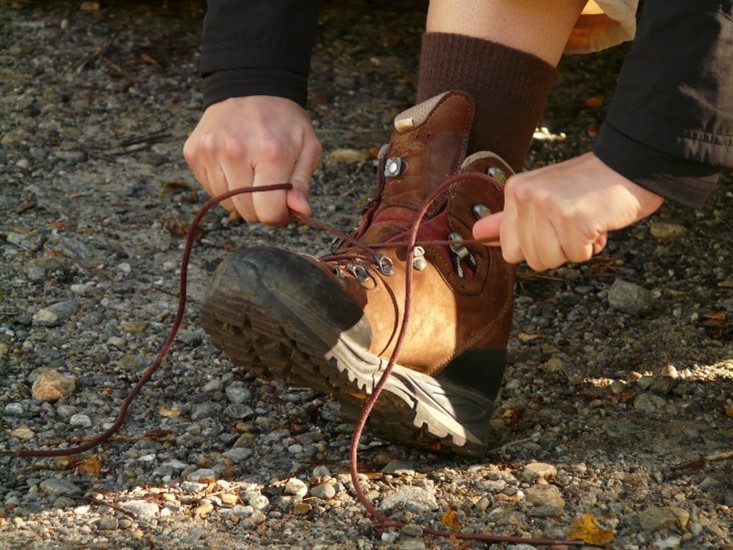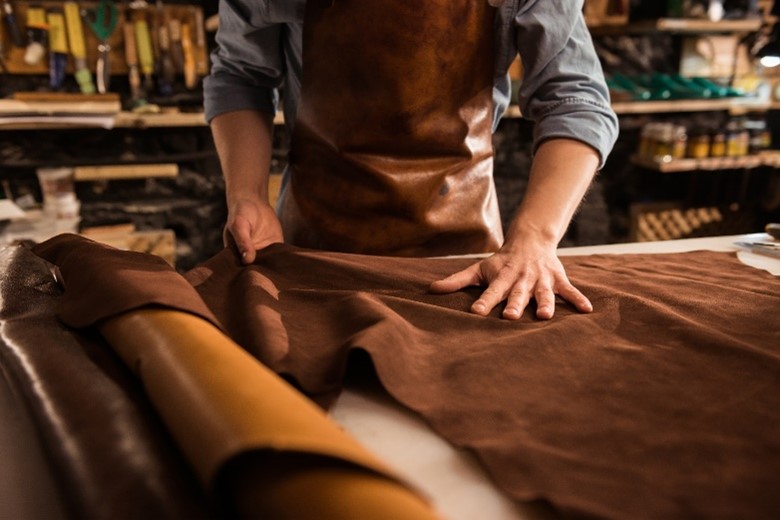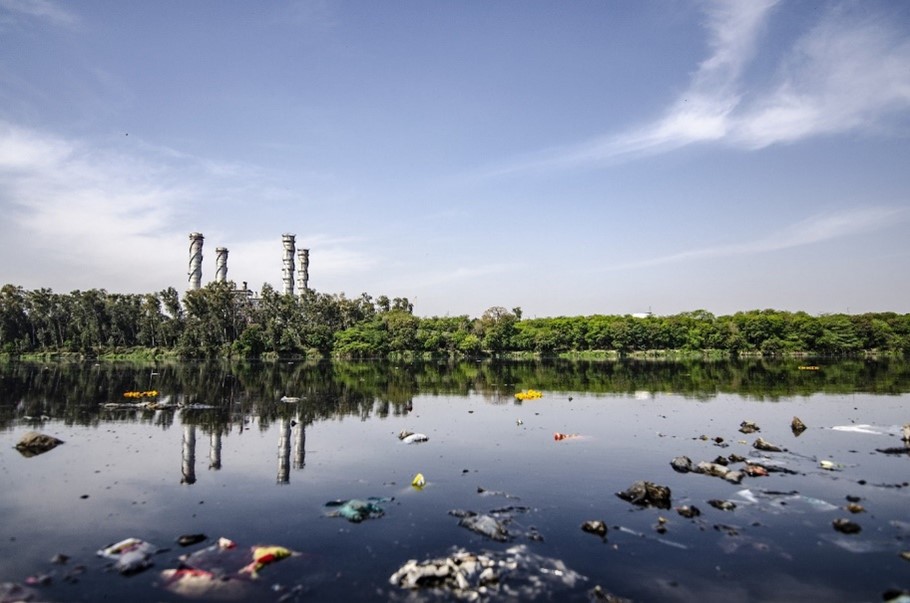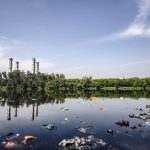Avoid microplastics, choose leather
Leather imitations, such so-called ‘vegan leather’ and ‘eco-leather’, are usually made from polyurethane (PU) or polyvinyl chloride (PVC). Recently they include plastics incorporating plant-based materials.
As long as these fossil fuel-based derivatives remain cheap, their use will increase, with the associated environmental impacts during their use and at the end of their life. Unlike leather, synthetic polymers are prone to shedding microfibres and do not degrade easily in nature. When disposed of, typically after a short use period, they tend to remain in the environment for a very long time, emitting harmful substances and polluting the environment. A growing amount of microplastics (fragments of plastics less than 5 mm) in marine and freshwaters has been shown by numerous studies(link1, link2).

Are our clothes and footwear also responsible for microplastics?
The most common sources of microplastic pollution are polypropylene in packaging materials and PET used in the manufacture of bottles. PET from plastic bottles is increasingly recycled into clothing and footwear, but recycling after this second lifecycle has not yet been solved.
Animals and people may inhale microparticles or ingest them with food and water. Tiny particles of microplastics have been found in crustaceans and other aquatic life at the very start of the food chain. Scientist analyzed blood samples of healthy adult donors and found microplastic particles in most samples(link3).

Microplastics get into nature when plastic waste breaks down, from tyre abrasion, but also when clothing made of synthetic fibers is washed. The proportion of microplastics from clothing might be small, but it goes straight into wastewater and the environment. Abrasion of plastic soles can also cause microplastic pollution.
So what does microplastic have to do with leather? Leather is the natural alternative to plastic!
Choosing leather in consumer products make them not only more appealing, but helps curb microplastic pollution. Indeed, leather is the result of the recycling of a residue of meat production, it does not cause microplastics shedding and at the end of a very long lifecycle, is capable of biodegrading providing micronutrients for plant growth.
You do a good thing for the planet if you chose leather shoes, leather clothes or bags. You reduce a waste from livestock, support a recycling industry that creates beauty
Edited in June 2022 by

in collaboration with

This post is also available in: Swedish



